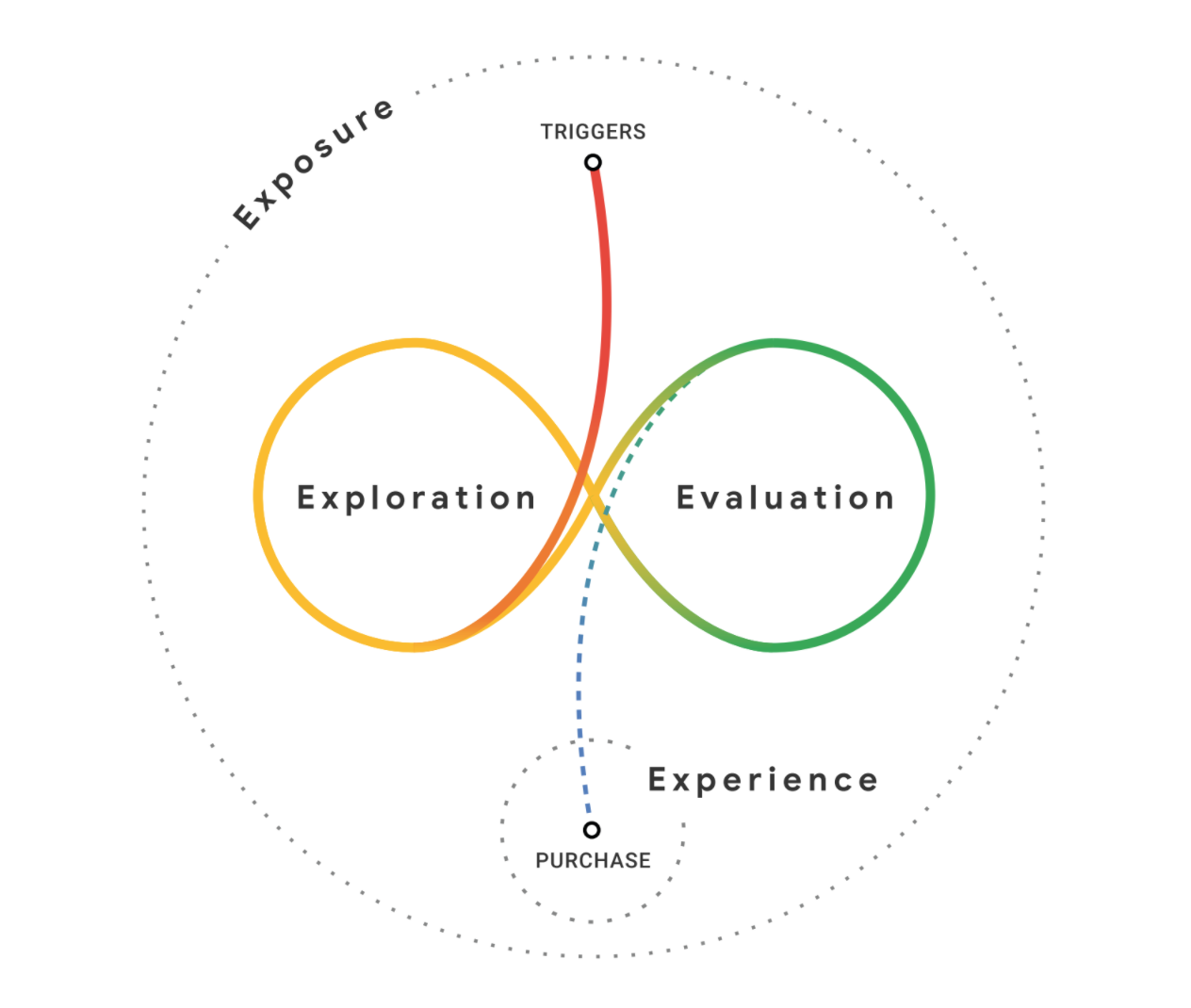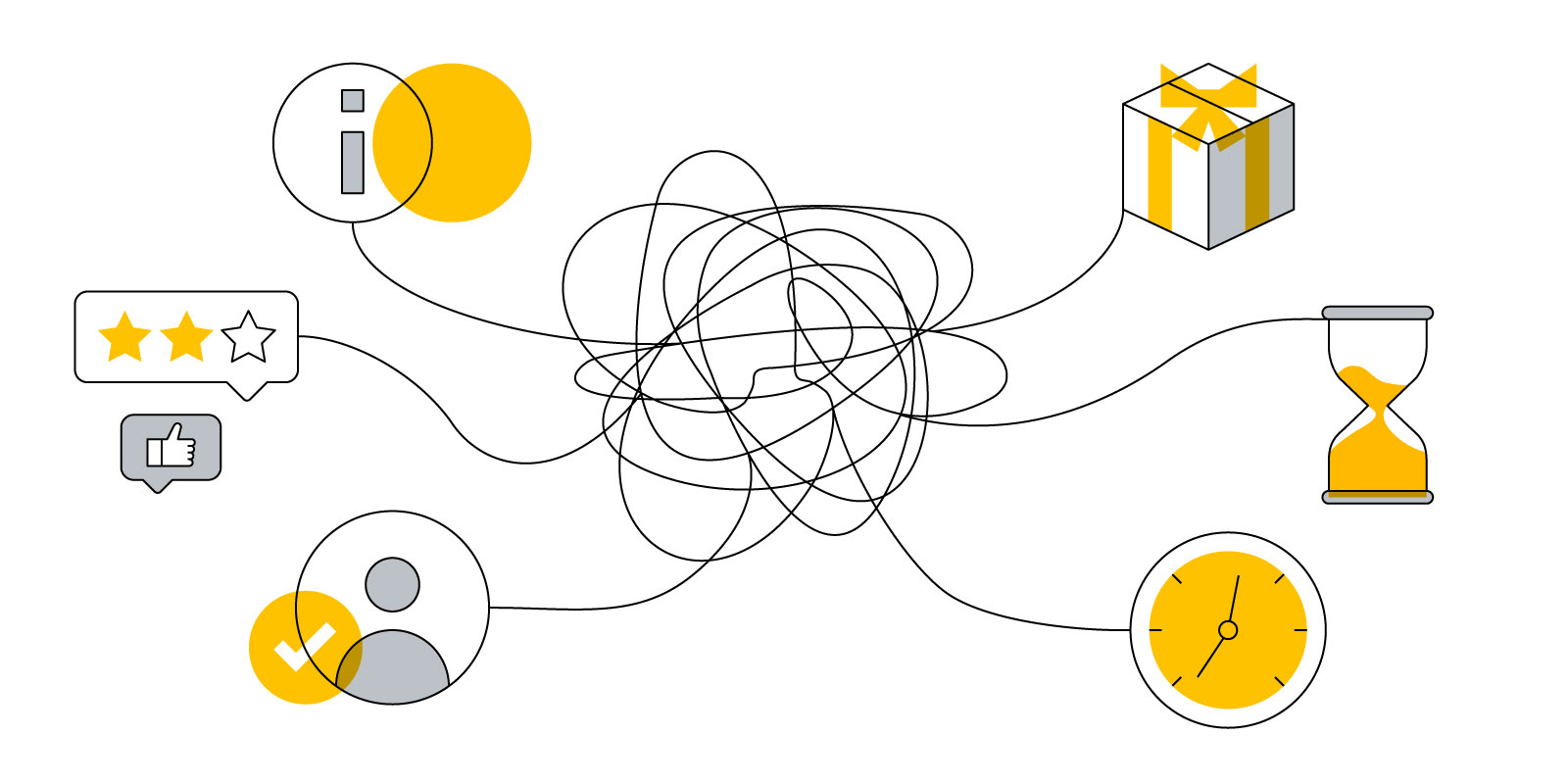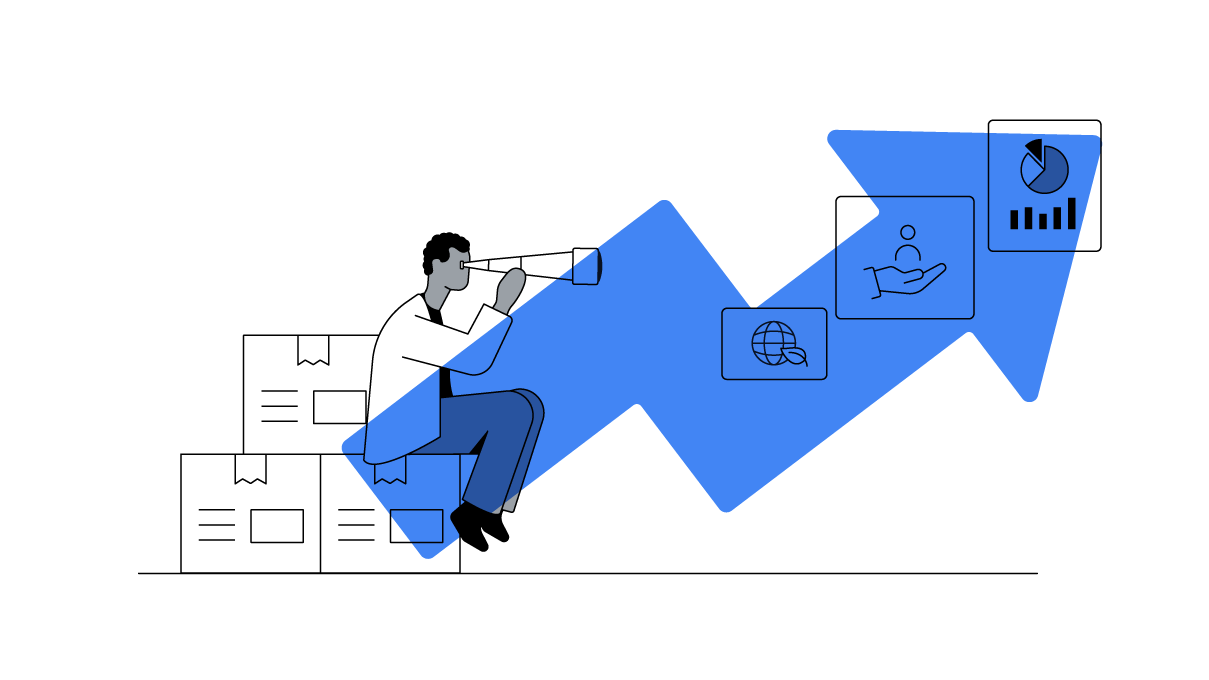Sian Davies and Sarah Davies are founders of The Behavioural Architects and experts in understanding decision-making and consumer behaviour. They are also Google’s agency partner on the ‘Decoding Decisions’ research. Here they explain the impact of COVID-19 on consumers’ purchasing decisions.
Through our ‘Decoding Decisions’ research with Google, we identified the ‘messy middle’ — a space between trigger and purchase where decision-making is made complex by the huge amounts of choice and information available to today’s consumer. The decision-making context has become even more complex due to COVID-19 and consumers need more help than ever to make purchasing decisions. The messy middle has become even messier.
Purchase decision-making in the COVID-19 context
COVID-19 has caused established habits and routines to break, and in their place new consumer behaviours have sprung up. The onslaught of new information causes mental strain and means we have less bandwidth to spare. The spaces, places, and interactions that were the backbone of daily life have also radically changed. More people are spending more time online and adoption of digital solutions has accelerated, from video conferencing to the surge in online shopping and digital payments.
At a time of disruption and increased uncertainty, consumers need more help than ever exploring and evaluating the many options within the messy middle of the purchasing journey.
The COVID-19 context has resulted in people having to make new decisions, and even familiar decisions have been subject to increased scarcity and urgency. Some decision-making has sped up as people seek to secure access to things they want now, or they fear may not be available next week. Others have become harder and slower as people grapple with new ways of buying things or assessing whether now is really the right time.
In a world where people are having to cope with unprecedented uncertainty, a brand that can assist consumers at the exploration stage of their purchasing journey and help them evaluate their options, is providing something truly valuable to their customers.
Exposure becomes more important as established patterns are disrupted
The ongoing disruption to consumer behaviours and habits due to COVID-19 means the ever-present ‘exposure’ backdrop to decision-making is more important than ever. Brands need to show that as the pandemic continues to disrupt established patterns, that they are able to respond dynamically to changing consumer needs and support new behaviours.

Brands communicating during this emotionally heightened time need to demonstrate high levels of empathy and care. And, as the context evolves, it’s important to be sensitive to consumers’ limited bandwidth, so messaging needs to be succinct and get to the point quickly. To ensure that your brand cuts through, eliminate any unnecessary noise and friction and focus on exposing consumers to one key message.
How consumers are exploring and evaluating their purchasing options
At a time of disruption and increased uncertainty, consumers need more help than ever exploring and evaluating the many options within the messy middle of the purchasing journey. We’ve examined the implications of the current context for the six key behavioural biases — beliefs that impact how consumers decide what to buy — explored in the research.

1. Social proof is dialled up
Social proof is incredibly powerful during times of change as people look to others for guidance and reassurance. We’ve seen how people have influenced one another, reinforcing and justifying each other's choices in the evolving context. Think about the COVID-19 home baking craze or the popularity of home workout videos. Brands can — and should — tap into social proof to be in tune with how consumers are navigating their purchasing options.
2. It’s a time for authority
Faced with new problems and issues to solve, we look to credible and knowledgeable experts to guide us. This is not just for reassurance on matters of health and safety procedures, but also on what choices to make — or even whether now is the right time to make a purchase. Brands should think about which authority figures hold credibility during a specific change or situation. The uncertainty of the pandemic creates a major challenge as brands must ensure that they remain up to speed with all developments so that their messaging doesn’t conflict with government advice and changing contexts.
3 Category heuristics may be re-prioritised and new ones emerge
Heuristics are the learned ‘rules of thumb’ we use to aid decision-making within a given product category. Think of ‘organic’ or ‘gluten-free’ on food, or the amount of free data included in a smartphone package. When we experience increased mental strain we tend to rely even more on category heuristics. The challenge is to understand how consumer preferences and needs are shifting during a crisis. For example, during COVID-19, speed and stability of broadband services became more important for those working from home. And flexible cancellation terms helped to reassure those starting to make future travel plans. Staying on top of these shifting consumer preferences is important in a time of change as it may mean you need to add new product features, or more clearly call out existing helpful specifications in your communications.
4 The power of free in a time of financial strain
Our experiments revealed the enduring and powerful appeal of the price of zero. We all recognise the allure of free delivery, or that age old tactic ‘buy one, get one free’. In a time of financial uncertainty ‘free’ is even more valued. Yet, brands need to give extra thought to how they use the power of free in the current climate. Look for ways to ensure offers are relevant by tapping into consumer needs and priorities — and be sensitive to people’s financial worries to avoid hitting the wrong tone.
5 Tread carefully with scarcity
This year many more consumers have experienced genuine scarcity. Things we took for granted as easy to buy, such as flour and toilet paper, were suddenly hard to get hold of. Fear of losing out caused people to stockpile and buy quickly before things ran out. Brands need to be careful in how they use this heightened sense of scarcity. There is a fine line between helping people to access products and services when they need them and being seen to be pushy or pressurising. When there is a heightened demand for a product or service due to a crisis, avoid bombarding people with communications. Give them time to consider their options before they make their purchasing decision.
6 Power of now: There’s still no time like the present
Humans are wired to live in the present. The power of now explains the success of instant downloads or next day delivery and how we can struggle with longer term goals such as weight loss or saving for the future. The disruption of COVID-19 has made us realise how important it is to focus on the present, as there is so much uncertainty about the future. While some decisions have undoubtedly been delayed — such as holidays and weddings — in many areas people have focused on resolving immediate struggles and living in the moment. This means the power of now remains highly relevant in the context of sudden change. Especially in a time of crisis, it’s powerful to reassure customers that they can get access to the products and services they desire as quickly as possible.
On the path to business recovery, there are more opportunities than ever to provide consumers with the reassurance and information they need to navigate purchase decisions.
3 marketing priorities to win in the messy middle
On the path to business recovery, there are more opportunities than ever to provide consumers with the reassurance and information they need to navigate purchase decisions during COVID-19 — and in any time of unprecedented change and disruption. To win in the messy middle, marketers need to keep three priorities of mind:
- Show that you’re open for business and here to help, demonstrating empathy with consumers during a turbulent time.
- Be sensitive to the context of the current climate. Employ behavioural science principles intelligently and responsibly to aid and support decision-making, thereby building long-term brand equity.
- Keep evolving and adapting as the context continues to change — a period of disruption is a good time to test, learn, and adapt your approach.






